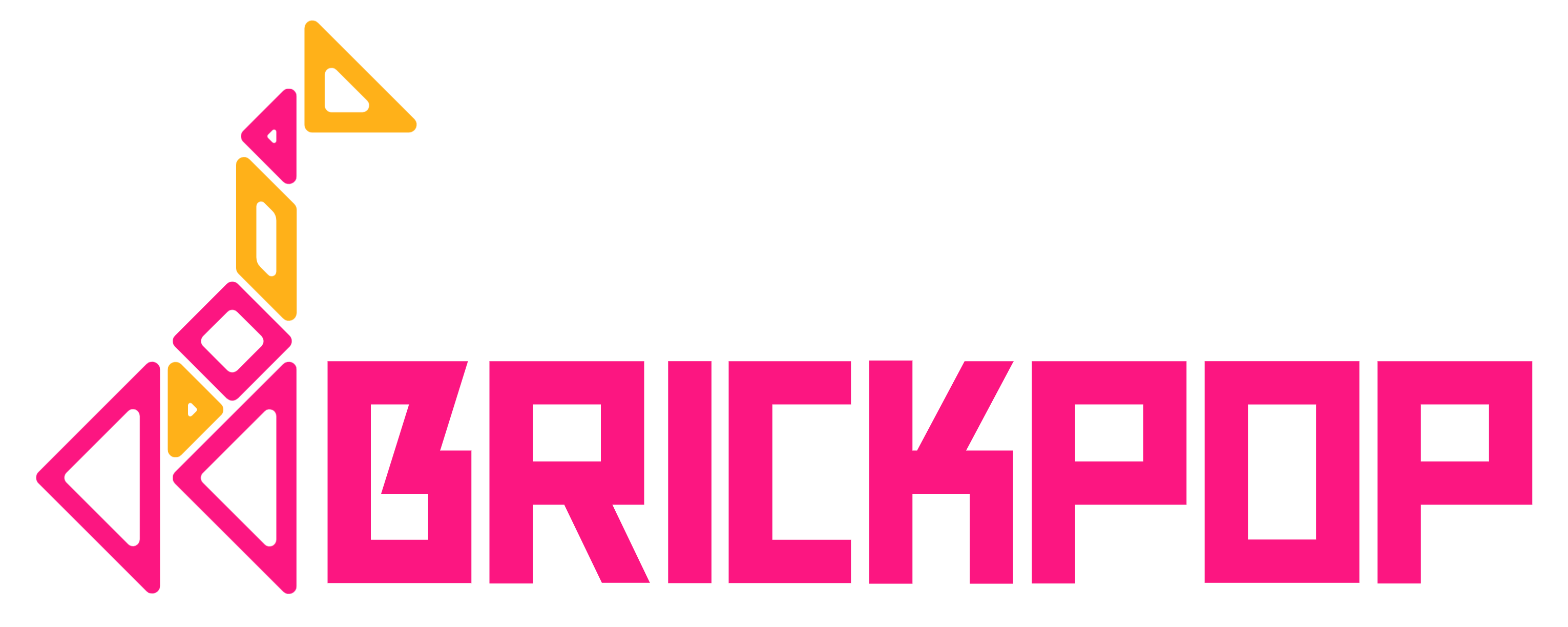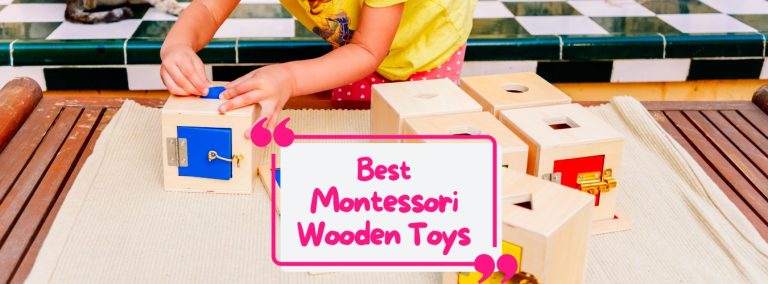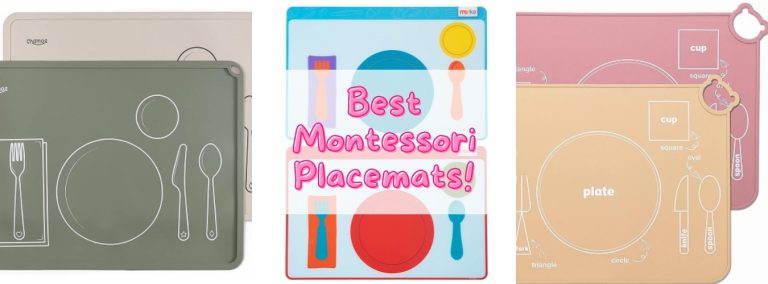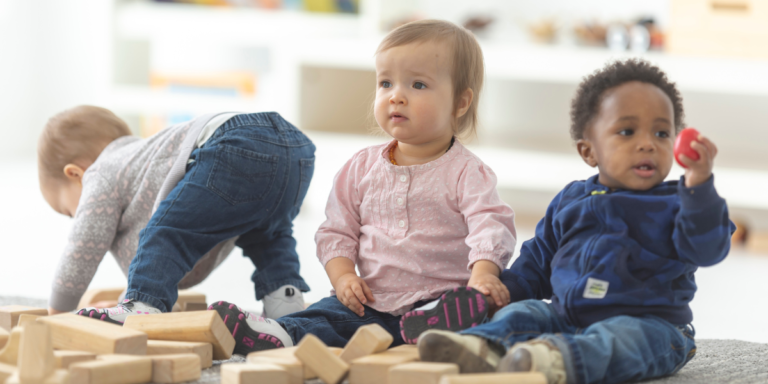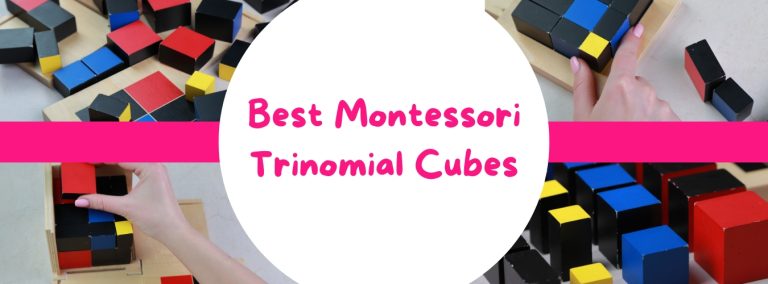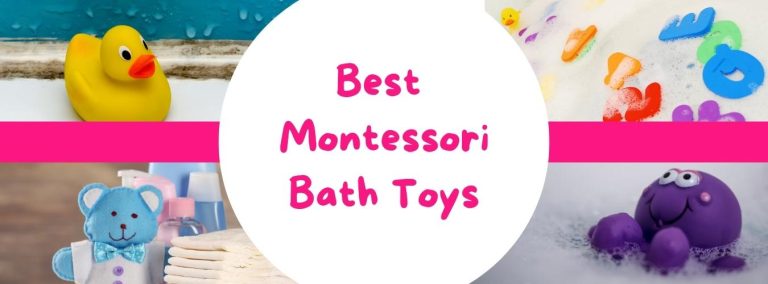Best Toys For Newborn Babies
As a new parent, you may be wondering when you can start introducing toys to your baby. While toys are not essential in the first couple of months, they can be beneficial developmental tools when age-appropriate. Knowing the right milestones for toy introduction helps foster key skills. In this comprehensive guide, we’ll explore when babies are ready for toys, the best first toys for newborns, and how playtime aids development.
When Are Babies Ready for Toys?
In the earliest weeks, newborn babies have extremely limited vision and motor skills. They are not able to voluntarily reach for, grasp, or manipulate toys. However, they are fascinated by faces, voices, and high-contrast patterns. The earliest “toys” for a newborn involve facial expressions, singing, and black and white designs.
Around 2-3 months of age, as visual skills improve and neck muscles strengthen, babies start following moving objects with their eyes. At this stage, they benefit from mobiles, rattles, and activity gyms that spark visual interest above them. Babies also begin reaching out reflexively, so easy-to-grasp toys can encourage this action.
By 3-4 months, babies gain control of their hands and arms, allowing them to swipe, bat, and eventually reach for and grasp objects purposefully. This marks an important milestone where toys become helpful tools for developing hand-eye coordination and motor skills.
Best First Toys for Newborns
0-3 months
- High-contrast black & white toys
- Crib mobiles with music and motion
- Soft baby activity gyms
- Rattles with varied textures
3-6 months
- Bright, patterned toys
- Lightweight, easy-to-grasp rattles
- Soft blocks and books
- Teethers and grasping toys
- Mirrors
How Playtime Aids Development
Age-appropriate toys introduced in the first 6 months help babies build skills in the following developmental areas:
Vision
- High-contrast black and white patterns
- Crib mobiles with moving parts
- Bright, colorful toys
Hearing
- Rattles and shakers
- Toys with music and sounds
- Your voice! Talking and singing
Fine Motor Skills
- Grasping and holding toys
- Reaching for toys
- Manipulating shapes and buttons
Cognitive Development
- Cause and effect toys like rattles
- Activity centers with flaps and buttons
- Shape sorters
Self-Soothing
- Teething toys
- Baby rattles
- Stuffed animals
The first 6 months mark an important period of growth. While toys may seem secondary, they can introduce important concepts like cause and effect, visual tracking, color recognition, and hand-eye coordination. Playtime also aids bonding between parent and child. By selecting toys tailored to baby’s abilities, parents can help nurture development while helping their babies have fun.
